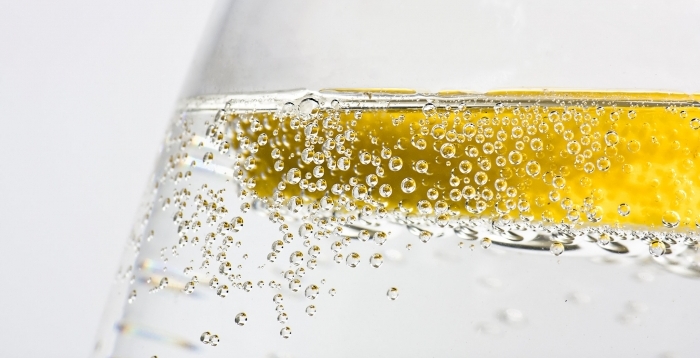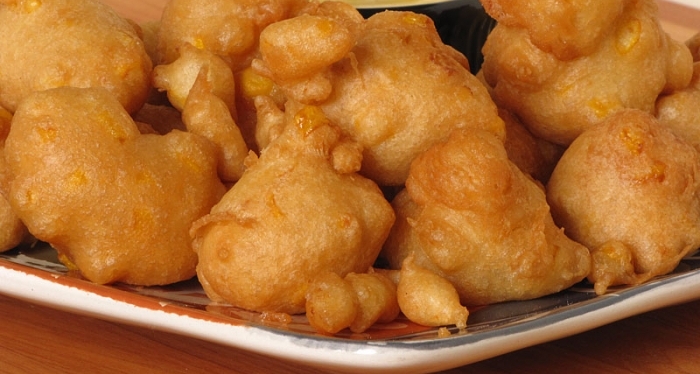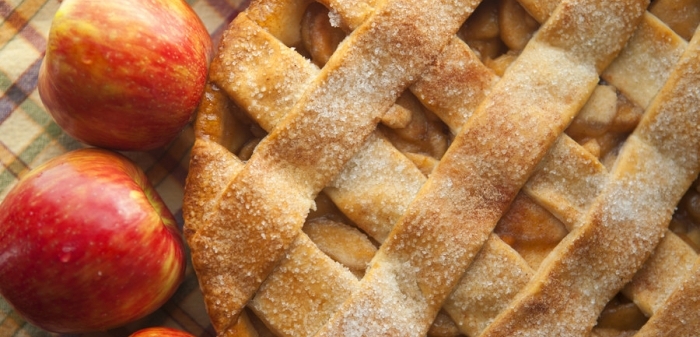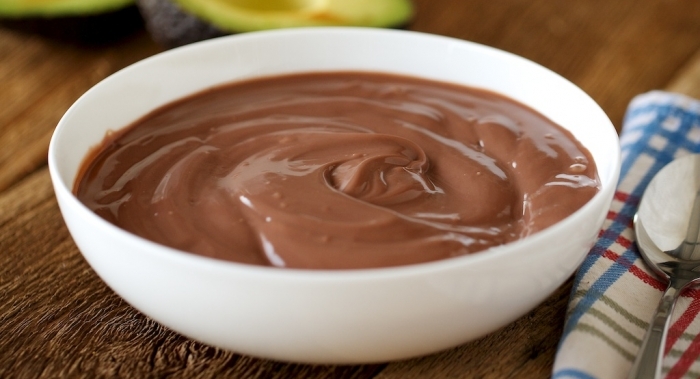The internet is full of fabulous facts about everything from current events to the history basket weaving and carbonated beverage fun facts. As we research for our daily content on food trucks, food carts and street food, we stumble upon some items of knowledge that we just did not know.
We have decided when these fun facts pop up, that we would share them with our readers in our section titled “Did You Know?”
For today’s Did You Know we will look at Carbonated Beverage fun facts.
Carbonated Beverage Fun Facts. In ancient cultures, people believed that bathing and drinking mineral waters from springs, which were naturally carbonated, could cure many diseases. As such, scientists and inventors sought ways to artificially produce these mineral waters. Artificially produced carbonated beverages get their start from this; the first carbonated beverages were just non-flavored carbonated water sold as mineral water tonics.
- The first flavored carbonated drinks were created in the United States in 1807 by Townsend Speakman. The purpose of adding flavor wasn’t just to make it taste better. It was to improve on the supposed natural curative properties of mineral water. Popular ingredients to add were birch bark, dandelions, ginger, lemon, coca, and kola.
- The father of the soft drink industry is generally held to be German-Swiss jeweler Jacob Schweppe. He was the first large-scale producer of aerated water around 1783.
- Carbonating beverages, introducing CO2 into the drink mix under pressure, makes the drink slightly more acidic (carbonic acid). This helps to sharpen the flavor and produces a slight burning sensation. It also helps preserve the drink longer without going bad.
- The first known reference of the term “Pop”, as referring to a beverage, was in 1812. It was in a letter written by English poet Robert Southey. In this letter he also explains the term’s origin: “Called on A. Harrison and found he was at Carlisle, but that we were expected to supper; excused ourselves on the necessity of eating at the inn; supped there upon trout and roast foul, drank some most admirable cyder, and a new manufactory of a nectar, between soda-water and ginger-beer, and called pop, because ‘pop goes the cork’ when it is drawn, and pop you would go off too, if you drank too much of it.”
- The term “soda-pop” was a moniker given to carbonated beverages due to the fact that people thought the bubbles were produced from soda (sodium bicarbonate), as with certain other products that were popular at that time. A more correct moniker would have been “carbonated-pop”.
- Keeping aerated drinks in a bottle was a huge problem for a long time in the distribution of soft drinks. As such, until the advent of crown cork (crown cap), carbonated beverages were generally only available in pharmacies.
- Over 1500 types of cork and other bottle stopper patents were filed to attempt to stop aerated drinks from losing their carbonation too quickly. In 1891, William Painter invented the “crown cork”, which gave the first truly effective, mass producible, way to stop the carbonation from escaping from bottled carbonated drinks. This allowed, for the first time, people to buy carbonated beverages they could store at home.
- If you were to let all the CO2 out of a typical carbonated drink, at 1 atmosphere of pressure it would fill a volume about four times that of the original drink container.
Key Date
- November 19th is National Carbonated Beverage w/ Caffeine Day
Have some fun with this recipe for Root Beer Barbecue Sauce.
Carbonated Beverage Fun Facts We Missed
Let us know if we missed any carbonated beverage fun facts. If we can verify the facts we will give the reader credit in the article.
Reference: Wikipedia: Fun Facts about Carbonated Beverages.
Plan your future food truck daily menu specials based on the food holidays.




